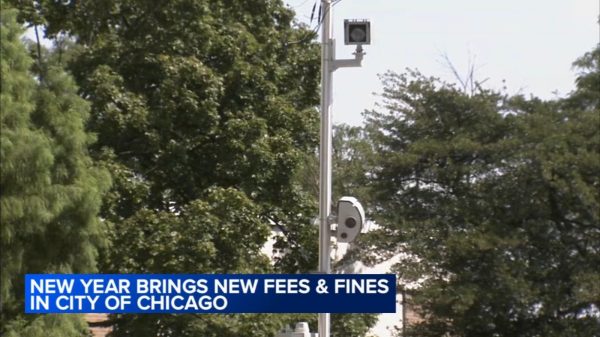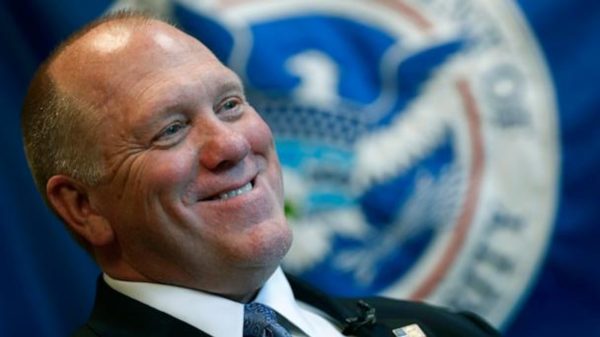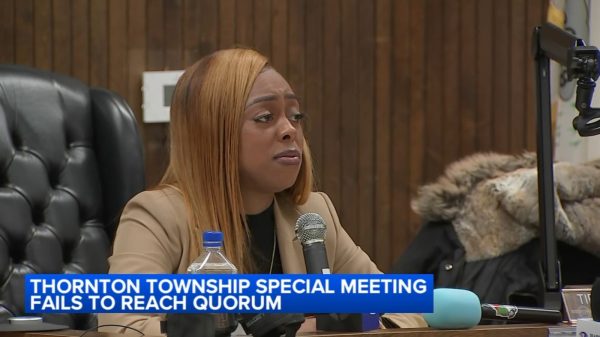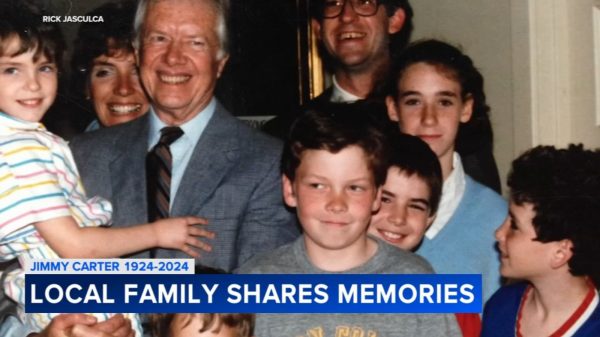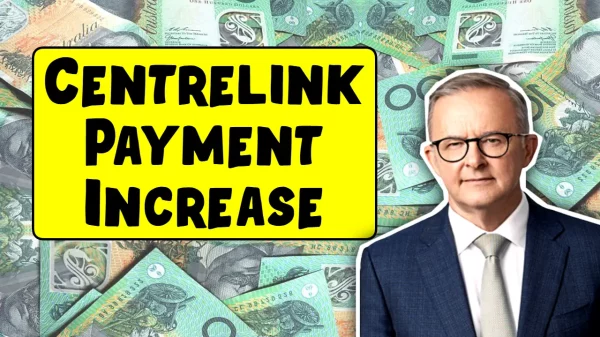David Edwards, a 31-year-old, learned about President Joe Biden’s SAVE plan initiative to significantly reduce his monthly student loan cost. Despite the fanfare, the Wayne State University graduate in Michigan declined.

SAVE Plan for student loan repayment. (Source: Edtrust)
SAVE Plan for Repaying Student Loan Obligation
According to the published article from USA Today, Edwards, a math-savvy English teacher, calculated his $21,000 student loan obligation. He looked at the SAVE plan after seeing a U.S. Department of Education email in his mailbox. More than 30 million borrowers got invitations from the Education Department and loan servicers to join the income-driven Saving on a Valuable Education Plan.
SAVE plan has the lowest monthly installments of any income-driven repayment plan, even triggering a $0 payment for low-income families. Borrower income and family size determine payments. Existing borrowers on the Revised Pay As You Earn or REPAYE Plans will automatically be transferred to the SAVE Plan. SAVE replaces REPAYE. Unfortunately, the SAVE plan is so new and complicated that some student loan debtors may overlook it if they simply read a few Tweets or chat with friends. There is no universal response. Most borrowers will see their payments lowered by the SAVE plan, but every borrower needs to understand and use the online calculators to make sure it’s best for them,” said Student Loan Servicing Alliance executive director Scott Buchanan.
Buchanan said many borrowers receive a big government subsidy from the new SAVE plan, but “Don’t assume it’s financially best for everyone.” SAVE plan may not be appropriate for you if you have graduate school debt or will soon have a much higher-paying job. Or your student debt is modest and your salary is large. If you live paycheck-to-paycheck, have a family, or have a lower-earning job, and are worried about paying a $300 or $400 student loan bill each month, or perhaps more, when payments begin in October, the SAVE plan is a game changer. Some $15-an-hour workers might pay nothing each month under SAVE. Your monthly payment is based on your discretionary income, the difference between your adjusted gross income and 225% of the poverty level for your family size, up from 150% in prior repayment programs. To guarantee debtors can afford food and shelter, a minimum income is protected.
SAVE reduces student loan costs for more households. Andy Manthei, an associate business development representative for Farmington Hills-based GreenPath Financial Wellness, says a family of four that had to make $45,000 or less to qualify for $0 monthly payments may now earn $67,500. Additionally, the $0 payment builds loan forgiveness credit. The good news: The Education Department encourages early sign-up to prepare for October loan installments, but there’s no deadline. You can enroll later. SAVE gives benefits today and enticing rewards next July that many borrowers don’t understand.
Know what you owe when student loan bills resume without modifications. Your StudentAid.gov account has that information. Mid-September should bring several student loan payments. Please get billing statements at least 21 days before October payments. Update your StudentAid.gov account so your servicer can locate you, especially if they changed. Identify your payment plan. You may not be on a repayment plan that saves you money if you can afford a $150 payment. Your progressive payback may start with a monthly interest-only payment and automatically increase every two years. Payment plans might last 20–30 years, depending on the amount owed. SAVE would free up more money each month. Compared to his current payment, SAVE would reduce it by $220.
Edwards doesn’t want to join SAVE to lower monthly payments by two-thirds, even though many would. He worries about paying more interest in the long term, and the figures online support that. Edwards intends to keep his current situation. Edwards believes he can cover everything as a single man. Rent-free living with his parents in St. Clair Shores, Michigan, benefits him financially. Edwards smiled and said he was one of the millennials.
READ ALSO: Americans Are Defaulting on Credit Cards and Auto Loans Due to Inflation
Public Service Loan Forgiveness can Benefit
If Edwards qualified for public service loan forgiveness as a teacher and got his remaining debt canceled after three years, the SAVE plan would have been a victory, said student loan expert and author Mark Kantrowitz. After 10 years of repayment under an agreed repayment plan, full-time government or nonprofit workers can get public service debt forgiveness. Another crucial twist. In July 2024, two major SAVE plan improvements will lower monthly and lifetime payments for student debtors. That wasn’t explained to Edwards by the online simulator, so it may not be evident. Starting in July 2024, Edwards’ undergraduate loans’ monthly payments will be lowered in half. When the SAVE plan is completely implemented next July, undergraduate loan payments will drop from 10% to 5% of discretionary income, according to the Education Department.
Depending on their loan debt levels, borrowers with undergraduate and graduate loans will pay a weighted average of 5% to 10% of their discretionary income. Kantrowitz observed that Edwards’ payment will reduce to $57 a month next year from $114 shown online at the calculator based on the same income level. Since Kantrowitz expects only small rises in the future, SAVE may be more advantageous and save Edwards more money in the long run.
Undergraduate loan forgiveness is limited to 20 years of qualified payments. How much payments fluctuate each year and sum up over 20 years depends on income, and it’s hard to predict. Edwards would pay less than under a 10-year payback if installments were $87 a month or less over 20 years. “It will even be lower than the $21,000 he owes now,” Kantrowitz said. “5% vs. 10% makes a big difference, so it is perturbing that the U.S. Department of Education calculator doesn’t reflect this.” However, Buchanan suggested that internet calculators don’t usually predict regulatory changes before they happen. “They reflect what is true and available today,” Buchanan added. “Litigation may delay or stall the rollout of other components.”
The Education Department warns online that their loan simulator is not financial advice. Key loan forgiveness changes ahead, Another major shift begins in July 2024: loan forgiveness. If their loan amounts were $12,000 or less, the SAVE plan forgives them after 10 years instead of 20. Even slightly higher-balance borrowers gain. For every $1,000 borrowed, the maximum payback time before debt cancellation increases by one year. If your principal debt was $14,000, loan forgiveness might occur in 12 years.” Payments made before 2024 and those made after will count toward these maximum forgiveness timeframes,” the Education Department said online.
This measure should remove debt from most community college borrowers in 10 years, according to the department. Annually, you must recertify your income, and your monthly payout may fluctuate. The Education Department says an automatic recertification process will be accessible next July if you apply for income-driven repayment electronically in August 2023 or later and securely provide your tax information. “All income-driven repayment plans face the challenge of projecting future career and earning power to determine the best plan,” Buchanan added. Borrowers can consult loan servicers or NGOs like GreenPath.SAVE doesn’t increase loan balances like credit card minimum payments. If you pay regularly, unpaid interest won’t increase your loan balance. Say $50 of student loan interest builds each month, but SAVE only requires a $30 monthly payment depending on income and family size. The Education Department would cancel the $20 monthly interest in this scenario, not add it to your loan balance.
This unusual twist in income-driven repayment arrangements may have saved many debtors a lot of misery if it had been in place earlier. Scott Thompson, CEO of Tuition.io, a California-based platform for employee student loan contributions, said many borrowers may not realize that under SAVE, they could qualify for $0 monthly payments for 12 months if they had a low income in 2022, such as if they weren’t working or just started in their field. Thompson added that someone who didn’t work in 2022 but was recruited in May or June this year may still qualify for 12 months of $0 monthly payments next year. Some find the SAVE computation easy, others find it difficult. Edwards must analyze his stats and decide what a $57 payment means to him next year and in the future.
Edwards, who graduated in December 2016, began a 10-year payback plan in 2017. Due to the payment delay, he will owe student loans until 2030, not 2027. Consider his loans hibernating. Without payments, the principal balance is the same as before the epidemic. Kantrowitz said a borrower on a conventional 10-year plan who paid three years of payments before the 2020 break will need to make seven years when repayment resumes this year. Pandemic payments contribute toward forgiveness.
Edwards paid around $10,000 on his debts during the payment delay that began in March 2020, but he requested a refund when it appeared he might qualify for Biden’s universal loan forgiveness scheme. He wants to use the return for student loan bills instead of a house down payment, even though he’d rather utilize it.
The U.S. Supreme Court rejected Biden’s plan to cancel up to $10,000 in student debt for many borrowers and up to $20,000 for Pell Grant recipients on June 30. Edwards claims he would have received $20,000 in forgiveness, eliminating most of his debt. He could have bought a house and helped his brother pay off his education loans, which weren’t forgiven. A January White House fact sheet reported that 26 million Americans had filed for or were automatically qualified for one-time student loan debt relief, including 864,000 in Michigan. Many borrowers, were disappointed and upset when they lost $20,000 in loan forgiveness. However, he’s grateful to be living at home, working, and able to pay his bill in October. Edwards, who earns $52,000, thinks he’s paid off $13,000 in student debts, including $4,000 in interest.
Following his cross-country and track career at Lakeview High School in St. Clair Shores, he attended Macomb County Community College. He worked at Burger King to pay for tuition while it was so low. His bills are low too. Running is one of his cheap hobbies. On Aug. 31, his classroom board showed that Mr. Edwards ran 1,108 kilometers this year and 1,259 in 2022. He knows many student loan debtors owe more, make greater payments, and have mortgages. “I’m better off than many,” he remarked.
READ ALSO: Interest on Student Loan Resumes in September: Here’s What You Need to Know About Interest Accrual

